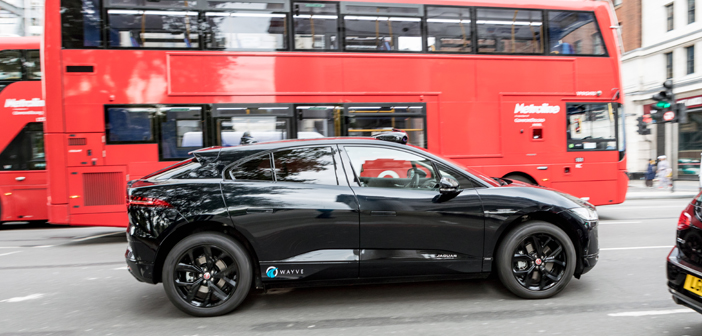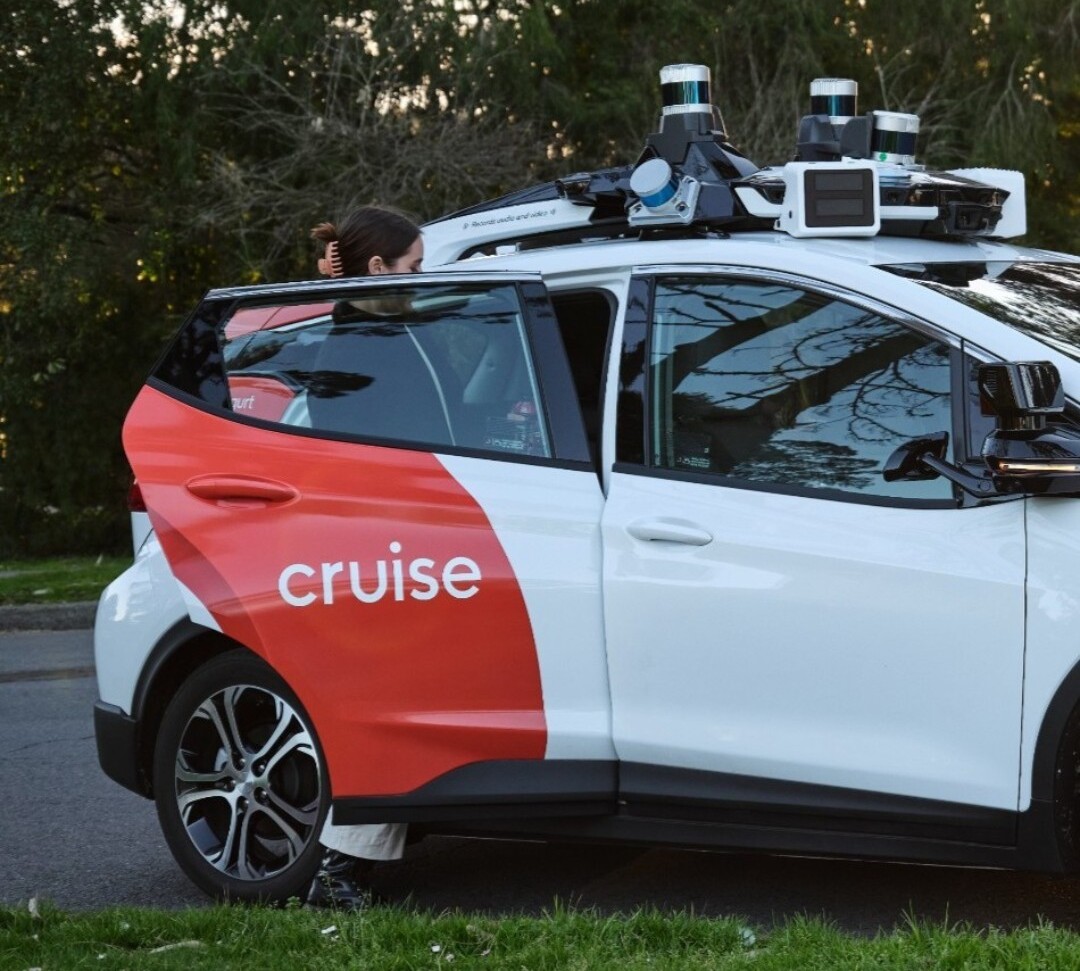Electric vehicles (EVs) face a hurdle in their adoption due to their poor residual values, with consumers increasingly aware of the steep depreciation these vehicles experience in the used car market. The issue extends to lessees as well, as shown in the latest study by J.D. Power’s Automotive Leasing Guide.
This guide, updated every two months to aid lenders in predicting a vehicle’s future value at the end of a lease, closely monitors the used market and wholesale auctions. The data has led to projected cuts in residual values for EVs, potentially affecting leasing costs in the third quarter of 2024.

The affordability of leasing has been a significant factor driving first-time electric car buyers into the market, with automakers offering attractive lease deals. However, as lenders adjust to the new residual value projections, leasing an EV could become less cost-effective.
Residual values play a crucial role in determining lease prices, with depreciation being a key factor. If residual values continue to drop, monthly lease payments could rise, impacting the attractiveness of leasing an EV.

The challenge of poor resale value has previously hindered EV adoption. A recent study by ISeeCars showed that the average price of a used EV dropped by 31.8% year-over-year, significantly more than the 3.6% drop seen in average combustion-powered cars. This trend could deter consumers from buying new EVs.
While Tesla has often been highlighted for market shifts, vehicles like the Chevy Bolt, Nissan Leaf, and Kia Niro have experienced the highest depreciation rates. Tesla’s decision to reduce prices on the Model 3 sedan and Model Y crossover had a cascading effect on the market, driving down used values—particularly as large fleet owners like Hertz flooded the market with cheap, off-lease vehicles.

The challenge of EV residual values poses a critical question for the industry, as stakeholders seek to balance pricing and incentives to drive adoption while ensuring financial viability for both buyers and sellers in the EV market.






